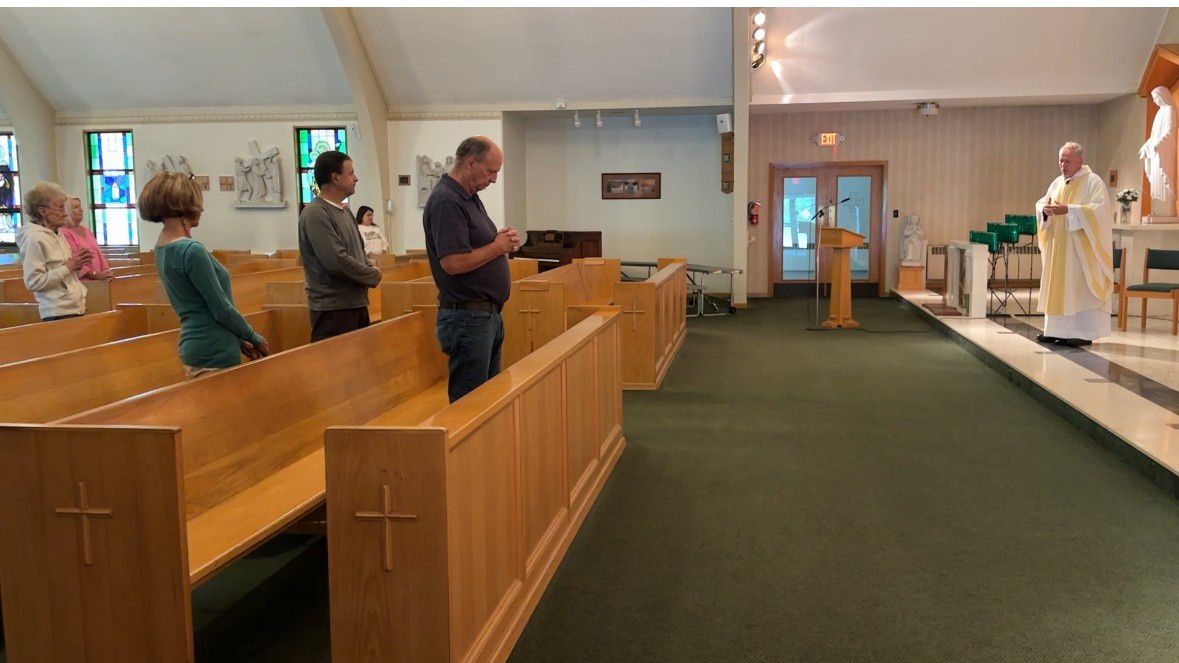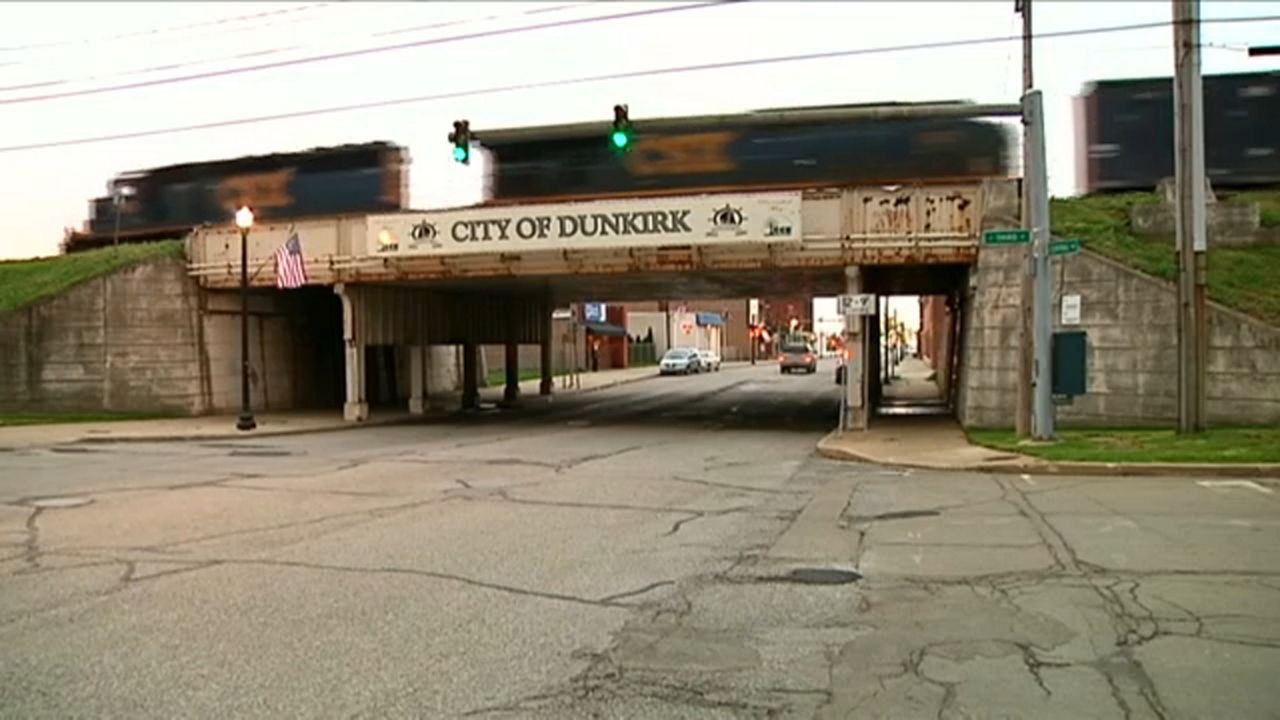AMHERST, N.Y. — It’s estimated hundreds of thousands of people in the U.S. will be diagnosed with breast cancer this year, a rate that has gone up since 2017, according to the National Cancer Institute. More than 42,000 are expected to die.
Recent research shows redlining, a racist policy from the 1930s, could still play a role in that today.
Redlining kept neighborhoods segregated based on race, mostly denying Black and brown people loans and mortgages, and was outlawed in the late 1960s.
As homeownership is often a way to pass on generational wealth, denying people of color the chance to buy into that led to increased poverty in mostly brown and Black communities.
While the policy doesn’t exist anymore, in many places, the divisions still do.
According to multiple studies, spearheaded by University at Buffalo researcher Sarah Lima, Ph.D., that comes with a variety of factors.
In terms of resources, there are fewer health clinics and more food deserts.
Higher poverty also impacts lifestyle. People might not be able to afford a gym membership, but where they live might also not have many parks or sidewalks for walking or running.
Additionally, these redlined areas were also more likely to have highways, factories or other industrial plants built in or around them. That brings pollution, carcinogens and other health risk factors that also exist to this day.
"Redlining is associated with lower survival among white women and non-Hispanic white women, and we also find in our models where we adjust for race or we adjust for neighborhood socioeconomic status, we continue to see that redlining is associated with lower survival. So that indicates something about this policy and its effect on the neighborhoods themselves as opposed to who is just living in the neighborhoods," Lima said. “The hope is that if we can find these clusters of risk factors, that's something that will indicate what are the intervention points to improve these poor outcomes we're seeing and hopefully can be used by health departments or even is knowledge that can be used by individuals."
Those environmental risk factors play a big role, even when factoring in for individual factors or circumstances.
Poverty might come with worse or no health care coverage, but even when they factored in for coverage, there was still a 32% higher increase of death from breast cancer for those in a redlined area versus those outside one.
Race/ethnicity, socioeconomic factors and the stage of disease also play a big role.
Even when factoring in for all of that, Lima says the mortality risk was still at least 12% higher.
While she focused on breast cancer, redlined areas have also been associated with colorectal and lung cancers, among other risks.
“Redlining’s been associated with worse health sort of across the board," Lima said. "That includes injury such as gun violence or getting hit and killed by a car accident. It includes perinatal outcomes, so maternal mortality, having a baby that is born out of low birth weight. It's been associated with cardiovascular disease. So it's affecting a lot of health outcomes, both chronic and really acute.”
The big takeaway is that segregationist policies made almost 100 years ago continue to trickle down.
Lima hopes this research will compel leaders to look at how areas can be bettered, both socioeconomically and environmentally.










